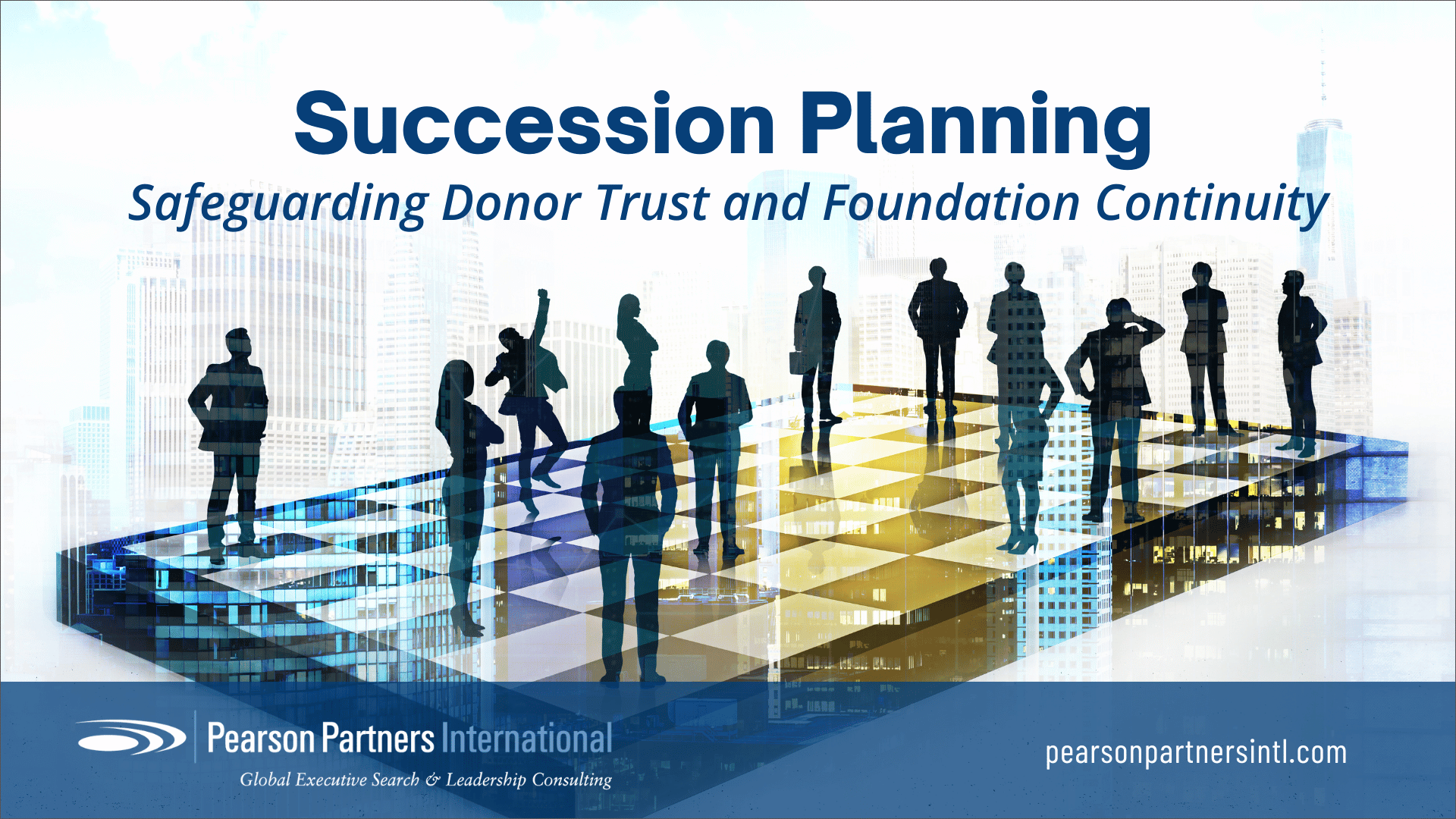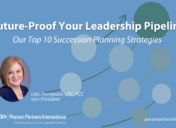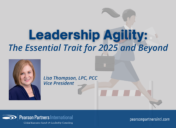Succession Plans Safeguard Donor Trust & Foundation Continuity
Following an executive search for a major foundation leader, I have reflected on a critical theme: Planning for leadership transitions—particularly unexpected ones—with a solid succession plan is essential to sustaining donor trust and organizational momentum.
One of the most common concerns I hear from my clients on foundation boards and their executive teams is not about today’s performance—it’s about tomorrow’s uncertainty.
As a retained recruiter specializing in senior-level executive placements, I have seen both ends of the spectrum: organizations that handle transitions with foresight and those that scramble when a pivotal leader exits. The difference? Donor confidence, operational stability and mission momentum.
Succession Planning Is Not Just HR—It’s Strategy
 Leadership transitions in the foundation world are inevitable—whether due to retirement, burnout or new opportunities.
Leadership transitions in the foundation world are inevitable—whether due to retirement, burnout or new opportunities.
Yet, surprisingly, few foundations have a robust succession plan in place. Without one, the risks are significant: loss of donor trust, internal disruption, stalled initiatives and diminished institutional knowledge.
On the other hand, organizations that consistently attract top-tier talent and transformational gifts have one thing in common: They view succession planning as a core strategic function.
What Donors Notice (Even If They Don’t Say It)
Major donors give because they believe in your mission—but they stay because of trusted relationships. When a key leader departs unexpectedly, donors may wonder:
- Who will steward my gift?
- Will the foundation’s priorities change?
- Is this a sign of instability?
Succession planning reassures donors that leadership continuity is a top priority and that the programs they care about will continue to thrive.
When a foundation demonstrates a confident, well-communicated leadership transition plan, it sends a powerful message: We are prepared. The mission is in steady hands.
Building a Smart Succession Plan
Whether you’re preparing for an anticipated retirement or building future resilience, here is what I recommend for every foundation succession plan:
- Identify Critical Roles
At a minimum, include CEO/Executive Director, Chief Development Officer, Major Gifts leadership and key board positions. - Define Success Profiles for Each Role
Go beyond job descriptions—define leadership traits, relationship-building capacity and cultural alignment. - Assess Internal Talent
Who is ready now? Who could be ready with development? Begin investing early. - Establish Emergency Protocols
Document interim leadership plans, key contacts, access points and active priorities. - Engage the Board
Ensure board members understand and are prepared for their role in succession planning and leadership searches. - Prepare a Communications Plan
Plan how you’ll communicate with donors, staff and stakeholders to maintain confidence throughout transitions.
A Final Word from the Search Perspective
When I work with foundations on executive placements, one of the strongest signals to candidates—and donors—is a demonstrated commitment to leadership continuity. It shows you’re not just hiring for a role but stewarding a mission for the long haul.
Succession planning isn’t about expecting someone to leave—it’s about ensuring the mission doesn’t miss a beat when they do.
If your foundation hasn’t revisited your succession plan recently—or if you are navigating a leadership change now—this is the time to act. The future is calling! Let’s make sure you’re ready to answer.
Need help with succession planning or a confidential search? Let’s connect.
Related Posts
- ← The Future of AI in Executive Search
- Leadership Agility: The Essential Trait for 2025 and Beyond →
















